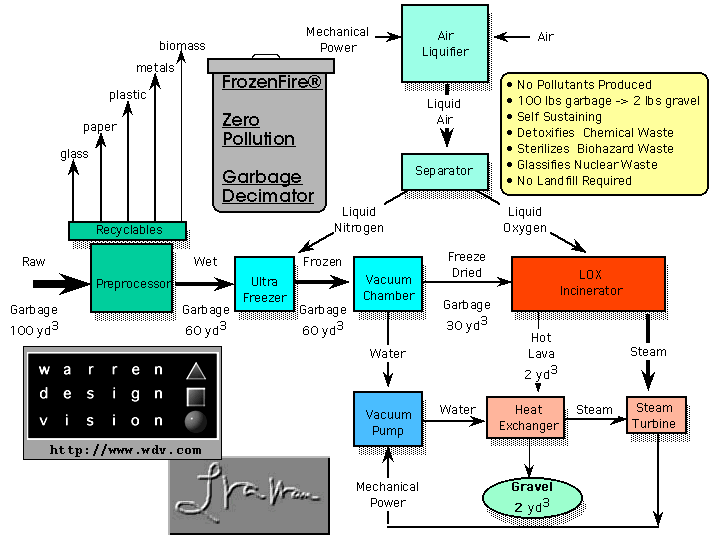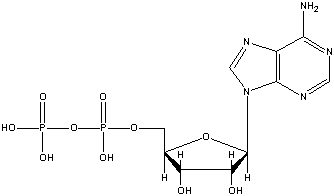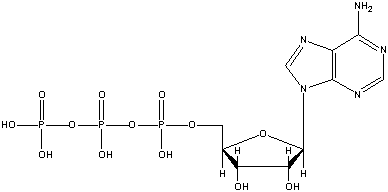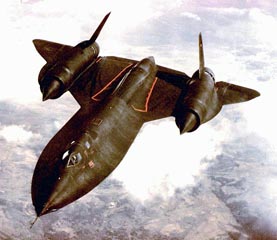
 |
Just fill 'er up with Honey, Honey...
Speaking of the Russellville nuclear powerplant looking like a monster, I would be remiss if I didn't review this energy conversion crisis while it was on my mind.
A couple of years ago, I sketched out an industrial process for processing urban waste, i.e. garbage, so that it would not continue to create gigantic landfills. My "frozenFire" process was basically a sorting and recycling front end followed by a freeze drying stage. This was terminated by an incineration phase where key volatiles were extracted from the waste stream rather than being spewed into the air. I applied for venture capitol via the Mountainview based Garage.com led by Guy Kawasaki. Mountainview is built on a landfill, but apparently there was not enough silicon in my proposal to garner VC interest.
 |
In the 90's I went so far as to leave my cushy engineering job to work on electric vehicles in the hope that they would be the solution to our transportation related pollution problems. Unfortunately due to design, custom, culture and physics, electric vehicles remain half the car for twice the price. The energy and power per pound of even the most exotic battery technologies fall short. Even thermite and boron reactions are poor. I currently advocate biomass propane as a low pollution, high performance compromise. You can breath indoor fork lift fumes all day long with no ill effects. Please forget liquid hydrogen as a practical fuel for the 21st century. For starters the fuel tank is four times larger for the same range and has to be a thermos bottle to boot. Liquid hydrogen does disperse more readily than gasoline in collisions making the Hindenburg scenario unlikely. Metal hydrides, finely sintered powders that absorb gaseous hydrogen are too heavy, the possible exception being lithium hydride. Lithium hydride decomposes in cold water to release hydrogen gas and to form lithium hydroxide. But then there's the little problem of lye dripping from your fuel tank. A little lithium 6 and tritium in a personal nanoscale reactor may someday prove a more viable alternative fuel. Tritium has a short half-life of 12 years, and lithium 6 is an abundant and safe isotope.
My passionate quest for clean fuels has only increased with time, yet there remains a striking gap between hope and reality. Currently the best way to store hydrogen is to stick four of them on a carbon to obtain a methane, or to stick eight of them on three carbons to make a propane.
 methane |
 ethane |
|
Methane is really a clean burning fuel, but unfortunately it is also difficult to liquefy. The best place in the "carbon chain" is propane, which behaves itself most of the time. The trouble with sticking hydrogens on carbons and burning them is that you get water and carbon dioxide. Carbon dioxide is a greenhouse gas. People act like it is toxic, but it isn't at all. You exhale it with every breath, you burp it with every soda and plants just love it. The trick is to not make any more than you need to get around economically.
|
carbon dioxide |
Bacteria make methane in peat bogs, in the ocean and in your gut. That is why it is possible for bored teenagers to light their farts. Vast amounts of methane are produced in the oceans as well, and methane is also a greenhouse gas. Propane is made by plankton. Oil and natural gas reserves came from plankton kills, not from dinosaurs or primal fern rot, as some people think.
 methanol |
 ethanol |
|
One can also solve the liquefication problem by adding an alcohol or -OH group to methane to make methanol, to ethane to make ethanol, and to propane to make propanol. Methanol has an invisible flame and is used in racing cars. Ethanol can be made from fermenting corn sugar with yeast and is frequently added to gasoline to make gasohol. Propanol is very similar to rubbing alcohol. Ethanol and propanol are much less toxic than gasoline, though they have their down sides. The trouble with alcohol based fuels is that they tend to make noxious pollutants like formaldahyde and acetaldehyde which are hard on people, as opposed to the ozone layer. There's always a trade-off. It may be that new catalytic converters will reduce the aldahyde levels, but there's nothing that smells as clean as propane.
But a good model for energy conversion technologies is the eukaryotic cell. A human cell devotes a great deal of administrative effort to the efficient conversion and use of energy. Since energy is never created or destoryed, there is no such thing as an "energy crisis", but there is such a thing as an "energy conversion crisis". There is an multi step "burning" cycle in mitochondria that creates a hightly efficient energy conversion technology based on "oxidative phosphorylation". Cells obtain efficiencies from 42% to 70%.
Now these numbers may sound low, but they really are extraordinarily high. Cars are lucky to get 30% fuel efficiency, that is, you burn more than three gallons of fossil fuel to obtain but a single gallon of position, velocity or acceleration in any units you prefer.
 ADP |
 ATP |
Now this bogeyman term, "oxidative phosphorylation" has the end result of adding one phosphate group P04 to an ADP to turn it into an ATP. ADP is adenosine diphosphate. There is a great deal of energy in phosphate bonds, and for biological systems they make a great energy storage, conversion and recycling system. I find it curious that nature uses the same adenine group for its energetics that it does for its informatics as in DNA and RNA. GTP and GDP are also used as a cellular energy conversion technology. Most enzymes run on fresh batteries consisting of ATP's locked, loaded and ready to go. The ADP discards are quickly reloaded. The average cell has a billion or so ATP's, and about a thousand mitochondria charging stations making fresh rounds.
 SR-71 |
 Bumblebee |
Unfortunately you will never fly a SR-71 with phosphates because ATP is quite a heavy fuel compared to hydrogen or even hydrocarbons. Bumblebees do quite well with the heavy lifting, probably because they are willing to remain subsonic. But in the bumblebee could be a clue to the energy conversion crisis. The glycerophosphate shuttle of insect flight muscle has about the same power-to-weight ratio as a small automobile engine and is much cleaner. Just filler up with honey, honey.
References:
Voet and Voet, Biochemistry,
2nd Edition and other links as noted.